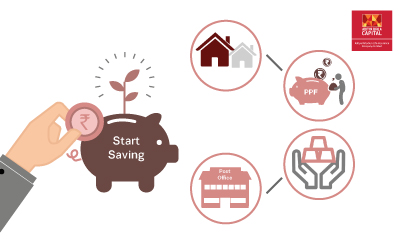Yearly Investment Review in 6 Easy Steps [Step-by-Step Guide]


Get Guaranteed Returns After a Month^
Unlock the Power of Smart Investment!


-
 What's inside?
What's inside?
How often should you review your investments?
A step-by-step guide to help you with your annual investment review
Bonus tip: Check if your family is financially well-protected
Conclusion
About Author
-
Disclaimer
1 Tax benefits are subject to changes in tax laws. Kindly consult your financial advisor for more details.
ABSLI Nishchit Aayush Plan. This is a non-linked non-participating individual savings life insurance plan. UIN No 109N137V06
^ - Provided 0 year deferment & monthly income frequency is chosen at the time of inception of the policy.
~ Male- 25 yrs invests in ABSLI Nishchit Aayush Plan with Level Income + Lumpsum Benefit. He chooses premium payment term 10 yrs , policy term 40 years, benefit option -Long Term Income, Sum Assured 7 times of Annualized Premium and Deferment Period 0 years. Annualized Premium is ₹1,20,000 (Exclusive of GST.). Annual Income of ₹45,900 (45,900*40=18,36,000) + Maturity Benefit (₹16,80,000)= ₹35,16,000
ADV/2/21-22/2197
Subscribe to our Newsletter
Get the latest product updates, company news, and special offers delivered right to your inbox
Thank you for Subscribing
Stay connected for tips on insurance and investments







